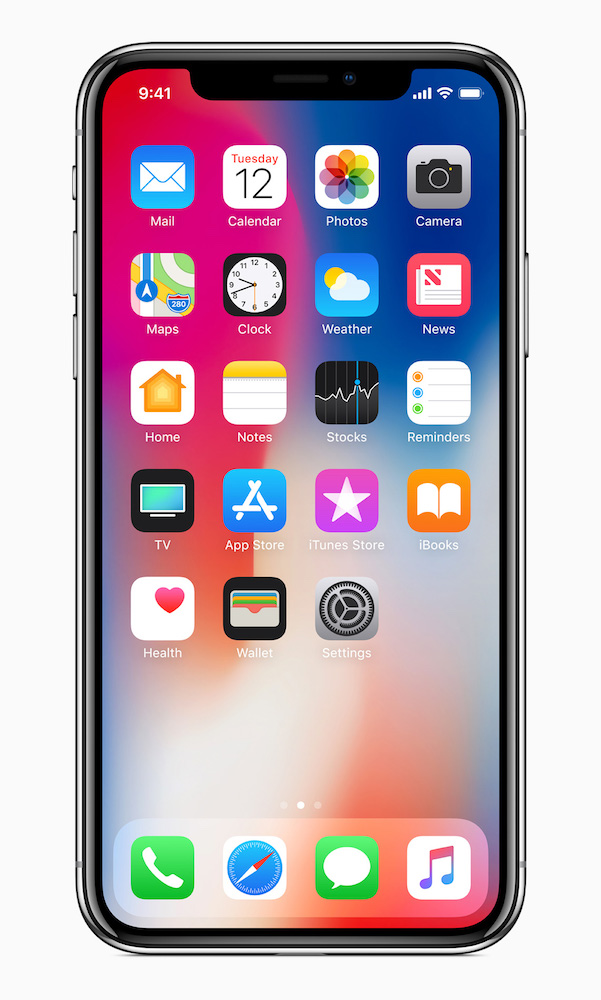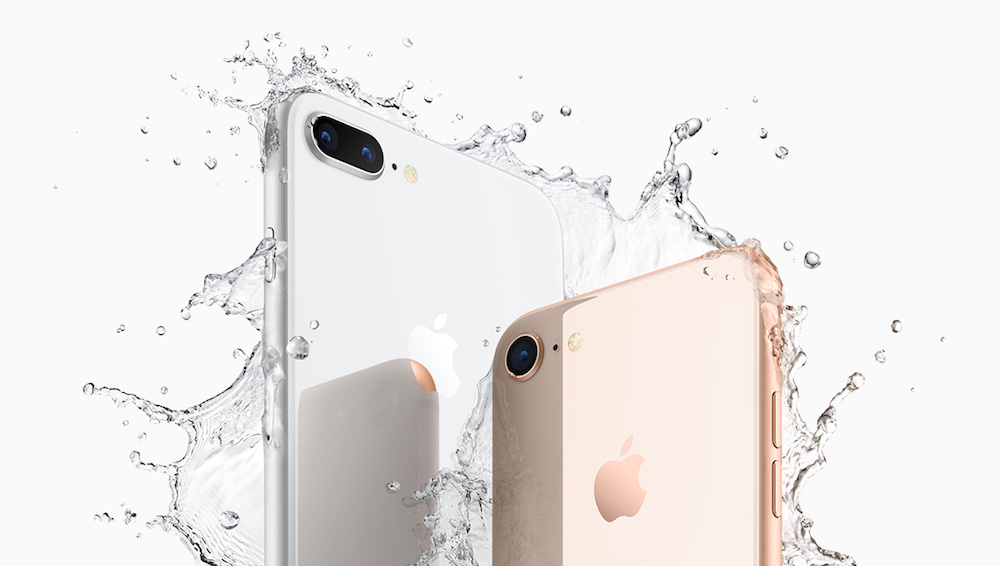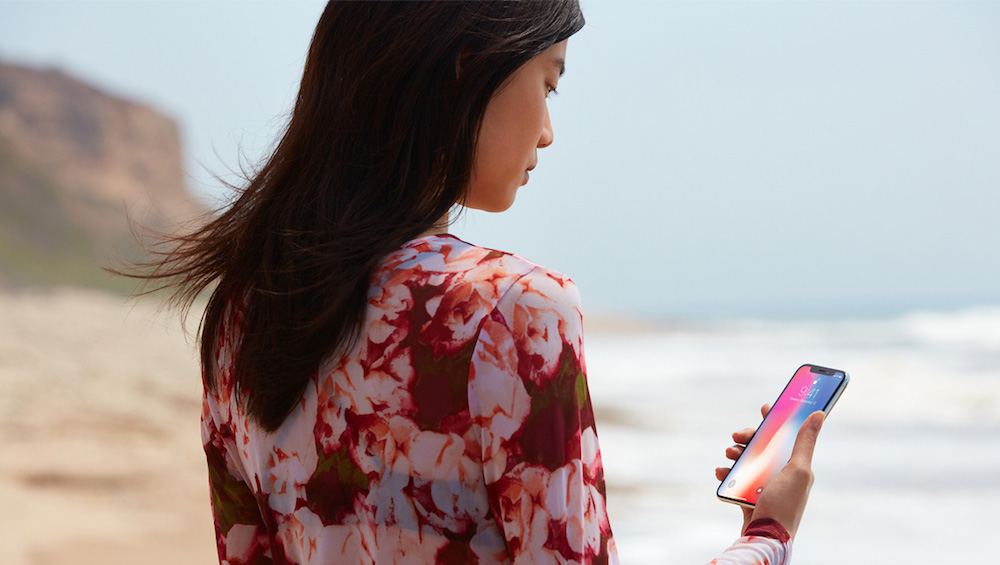iPhone X vs iPhone 8 vs iPhone 8 Plus - Which new Apple phone should you buy?
What does your smartphone future look like?

Apple has finally announced its new iPhone range, and for the first time ever there are three of the suckers.
The iPhone 8 and iPhone 8 Plus form the conventional upgrade to the iPhone 7 and iPhone Plus that we've all grown accustomed to. Really, they could have been called the iPhone 7S and iPhone 7S Plus and no one would have batted an eyelid.
But the iPhone X - that's 'ten' if you find yourself casually dropping it into conversation this evening - is something else, at least externally.
So how exactly do Apple's three new phones match up? Which should you consider pre-ordering? Let's sum up what we know.
iPhone X vs iPhone 8 vs iPhone Plus - DesignAs we hinted at in the intro, Apple hasn't changed an awful lot with the iPhone 8 and iPhone Plus compared to last year's models.
Those were the iPhone 7 and iPhone 7 Plus, which weren't dissimilar to the iPhone 6S and iPhone 6 the year before. Which were virtually identical to the iPhone 6 and iPhone 6 Plus the year before that.
This is a well-worn design then, but Apple has made one significant new tweak. Out goes the all-metal unibody of the past few years, and in comes a toughened glass back, giving the iPhone 8 and iPhone 8 Plus more of a sheen than before.

It's quite pleasant to look at, and it also serves a practical purpose - all three new phones support Qi wireless charging, which doesn't work through metal.
Yes, the iPhone X has a glass back too, but it's the front (via a thicker stainless steel band) that's of real interest here. Apple has eliminated the chunky chin and forehead of the iPhone family leading right up to and including the iPhone 8, and has also reduced the side bezels.

This makes the iPhone X a striking all-screen affair, with only a slightly unsightly array of sensors at the top spoiling the effect. Yes, this means that this is the first iPhone without a home button - you'll need to swipe up from the bottom to get the same effect.
It also means that while the iPhone X has a larger screen than the iPhone 8 Plus, it's much closer in overall size to the iPhone 7. That's a combination we like the sound of in a gaming phone.
One thing in the iPhone 8 and Plus models' favour is an additional Gold colour option alongside Silver and Space Grey. So there's that.
iPhone X vs iPhone 8 vs iPhone Plus - DisplayThe iPhone 8 and iPhone Plus displays seem almost identical to the iPhone 7 and iPhone 7 Plus equivalents. That means a 4.7-inch 1334 x 750 and 5.5-inch 1920 x 1080 IPS LCD display respectively.
There is one new element to the 8-range displays, though, as they receive the same True Tone screen technology as the iPad Pro. This actively changes the screens' colour tones according to ambient lighting.
.jpg)
Which is all very nice, but the iPhone X display looks set to blow them both out of the water. It's a massive 5.8-inch screen with a higher 2436 x 1125 resolution. We'll save you doing the maths - that means a pixel density of 458ppi (pixels per inch) compared to 326ppi for the iPhone 8 and 401ppi for the iPhone 8 Plus.
But the biggest leap here is likely to be with the quality of that iPhone X screen. Apple has finally followed Samsung's lead and adopted OLED panel technology, which is capable of much more vibrant colour (with a one million-to-one contrast ratio) and deeper blacks than even the best LCD.
iPhone X vs iPhone 8 vs iPhone Plus - Power & specsAfter a blistering, no-contest start from the the iPhone X, things start to swing back in the iPhone 8 and iPhone 8 Plus's favour from this point on.
In terms of power and storage, these three phones are nigh-on identical. All three utilise the same A11 Bionic CPU, which is promising to provide more power than anyone really needs.
It's a six-core beast, two of which are for high-performance tasks (like 3D games). The latter are 30 percent faster than the A10's high-performance cores from the iPhone 7.

The A11 also packs the first Apple-designed GPU, which is a three-core job that provides a 30 percent boost over the A10.
Interestingly, with the iPhone X having the highest resolution display, it's possible that the two lowlier phones will actually be a little faster. Given the negligible differences in past models, though, it's probably safe to call this a draw.
We're not yet sure on the RAM allotment of these three phones. If we were to bet, based on last year's spec and recent rumours, then we would say the iPhone X and the iPhone 8 Plus will have 3GB of RAM, while the iPhone 8 will have 2GB.
All three come with a choice of 64GB or 256GB of internal storage.
iPhone X vs iPhone 8 vs iPhone Plus - CameraAgain, there's not much difference between these three cameras. In fact, the main difference is similar to the difference between the iPhone 7 and iPhone 7 Plus - the smallest device (in this case the iPhone 8) has one wide-view camera, while the larger phone (the iPhone 8 Plus and now the iPhone X) adds a second telephoto lens for a 2X zoom.
Apple has improved things for the latter two by including OIS with both lenses for steadier zoomed-in shots, and you need that second lens for Apple's enhanced portrait shots.
But for general snaps, you won't spot much difference, if any.

When it comes to the iPhone X, just about the only notable addition relates to the front camera. It's the only iPhone with a TrueDepth camera, which maps your face in real time.
This is key to Face ID, which essentially swaps out the fingerprint sensing Touch ID (there's no home button, remember?) for your face. Apple reckons it's much more secure, and that it's easier to use too, as all you need to do is look at your phone to unlock it and authorise payments.
In terms of unique front camera tricks, the iPhone X lets you use the Portrait mode from the main camera for selfies. You can also use that TrueDepth camera for Animoji, which uses your own expressions to animate 3D emoji, and third party app makers like Snapchat are providing scarily accurate face-tracking features too.
iPhone X vs iPhone 8 vs iPhone Plus - Price and availabilityThe iPhone 8 starts from £699 ($699 in the US), which is £100/$50 more than the iPhone 7 started for this time last year. Some may point out that the entry iPhone 8 model has double the storage of its predecessor - 64GB versus 32GB. But that argument falls apart when you consider that the 128GB iPhone 7 cost - you guessed it - £699.
There's been a similar price hike for the iPhone 8 Plus. It starts from £799 ($799 in the US), which is an £80/$40 price hike over the £719 iPhone 7 Plus this time last year.

So why the price hike? It's not simply down to the effects of the deflating UK pound, as the increased US pricing goes to show. Rather, reports suggest that there have been problems in the NAND memory supply chain, which has led to price increases. Apple clearly wants to keep its cushy margins.
If you find that hard to swallow, look away now. The iPhone X starts from £999/$999. Yes, you read that right.

In terms of availability, the iPhone 8 and iPhone 8 Plus will be available to pre-order from September 15 (this Friday), with availability set for September 22.
The iPhone X won't be available to pre-order until October 27, with availability due for November 3.
ConclusionIn terms of new features and pure desirability, there's no contest here. The iPhone X is one gorgeous piece of kit, with a massive beautiful display set in a relatively compact body.
The iPhone 8 and iPhone 8 Plus, meanwhile, essentially subscribe to a three-year-old design.
But when it comes to making a decision between the three, there are a number of things that might make you stop and consider. Internally, the three phones are nigh-on identical, which means that apps and games will run as brilliantly on the iPhone 8 as the iPhone X.
Then there's the question mark over the iPhone X's Face ID system. Will it really be as quick, dependable, and flexible as the second-generation Touch ID system in the iPhone 8? That remains to be seen.
Finally there's the matter of price. The iPhone X will cost a whopping £999/$999 - that's £300/$300 more than the iPhone 8. Is it really that much better? Is any phone worth that much money?
This is far from the straight-forward choice that you might have been expecting. We reckon it would be wise to wait until the reviews are in.
